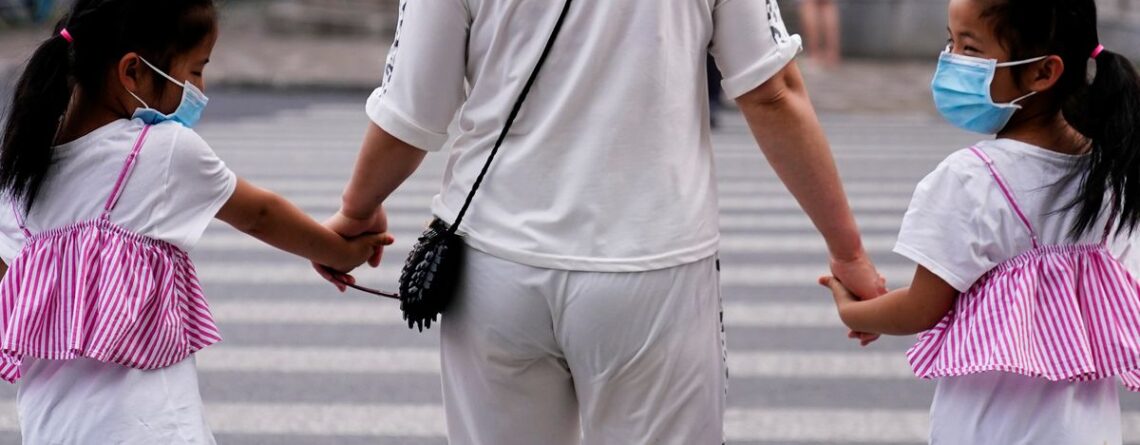China to offer free fertility treatment in bid to boost record low birth rate
China is planning to offer free fertility treatment to citizens under its national insurance scheme in a bid to reverse its plummeting birth rate.
The National Healthcare Security Administration said on Friday it would extend its coverage to help shoulder the costs for families trying to conceive.
It said the new coverage would include assisted reproductive technology (ART) techniques and also cover labor analgesia to ease pain in childbirth. The most commonly performed ART procedure is in vitro fertilization (IVF).
The administration described China’s falling population as one of the biggest obstacles to national development and stressed it had already added ovulation-inducing drugs to its coverage, to help “reduce the burden of infertility.”
The expanded coverage is part of a wider attempt by Chinese authorities to persuade more people to get married and have more children.
The country’s birthrate has been falling for years and last year the country recorded its first population decline in more than 60 years.
The country’s population fell to 1.411 billion in 2022, a drop of 850,000 people from the previous year, according to China’s National Bureau of Statistics (NBS).
At the same time, the birthrate fell to a record low of 6.77 births per 1,000 people. Some 9.56 million babies were born in 2022, compared with 10.62 million in 2021.
An increasing number of women in China are delaying marriages and choosing not to have children, often citing financial constraints, and the need to prioritize careers, according to Chen Wei, a professor at China’s Renmin University. Options covering costly procedures such as IVF may help to alleviate some of these pressures, said Chen. The average cost associated with IVF in cities such as Shanghai is between $4,500 to $5,000.
China has 539 ART-approved medical institutions and 27 sperm banks as of June 2021, and each year these facilities facilitate more than one million IVF cycles, according to experts from the country’s National Clinical Research Center for Obstetrics and Gynecology.
Policymakers are increasingly concerned about the impact China’s growing demographic crisis could have on economic growth.
China introduced a highly controversial “one child” policy decades ago in an attempt to address fears of overpopulation and alleviate poverty, but decided to scrap it in 2015 amid concerns a rapidly aging population and shrinking workforce could threaten economic and social stability.
Initially, it allowed couples to have up to two children, but later further loosened the policy to allow up to three.
Chinese authorities are also moving to drop restrictions on registering the births of children born to unmarried parents in a country where unwed mothers still face stigma.
In February, the provincial health commission of Sichuan — which is home to over 83 million people — said it would allow single parents to register the birth of their children, a move that granted them access to benefits previously reserved for married couples. These benefits included maternity insurance that covers prenatal healthcare, childbirth-related medical expenses and paid maternity leave.
Read More @amp.cnn
273 views










